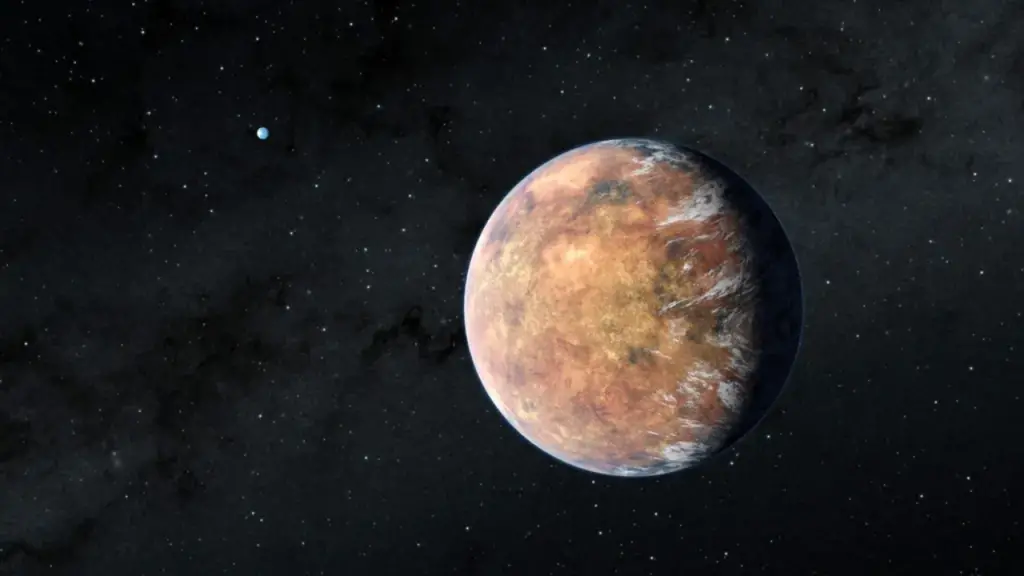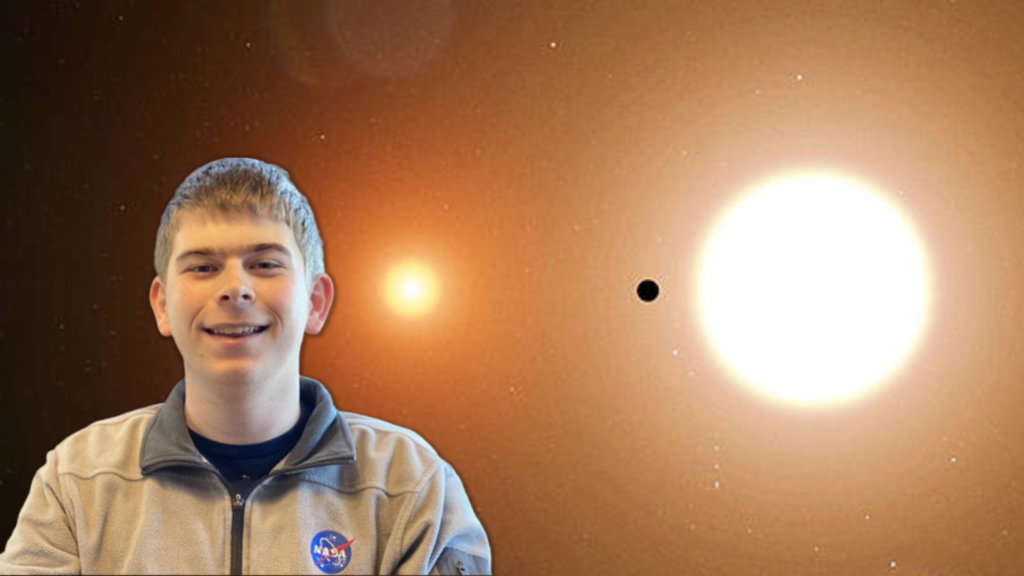Astronomers estimated that there could be about 40 billion Earth-size planets in the Milky Way Galaxy using the data obtained from the Kepler space telescope in 2013. Scientists are on a mission to uncover most of these planets that appear to have the same size as Earth in different solar systems. Astronomers recently used NASA’s Transiting Exoplanet Survey Satellite (TESS) to spot a second earth-size planet. The researchers are even suggesting that this alien world may have liquid water. How did the astronomers come up with this discovery? Continue reading to find out.
How Astronomers discovered the second earth size planet in an alien solar system
Astronomers have always relied on using sophisticated technologies to look deep into the Universe and make new astronomical discoveries for mankind. NASA’s Transiting Exoplanet Survey Satellite (TESS) which was launched in April 2018 seems to have given astronomers better opportunities to find other interesting alien worlds in interstellar space. Since TESS commenced with its mission, the leading planet-hunting spacecraft has discovered over 285 verified exoplanets and over 6,000 others.
TESS was able to discover these planets by staring at stars for about a month. During this period, the satellite searches for small dips in brightness that can prove that a planet is moving in between the star and the view of the telescope. Astronomers used the number of dips recorded in each planetary system to estimate how many planets exist in that system.
The dips also help astronomers to estimate the size of each planet and monitor its orbit around the star. TOI 700 d is one of the most interesting alien worlds discovered by this telescope. This planet was sported at the goldilocks zone of its star with the aid of a space telescope orbiting Earth in October 2021. Astronomers were fascinated with this discovery and still anticipated learning more about the solar system of this planet.
In 2020, Emily Gilbert, an astronomer working at NASA’s Jet Propulsion Laboratory in California alongside her colleagues discovered three planets orbiting around a small star named TOI 700 (TOI stands for “TESS Object of Interest”). This star system is held together by a red dwarf star located about 100 light years away from Earth. But unlike other red dwarfs, TOI 700 does not create pulses of activity that could roast any living organisms in planets orbiting closer to it.
Further analyses of the discovered three planets made the scientists realize that two out of these planets orbit too close to their star. They both look very similar to Earth with interesting features. However, the third planet named TOI 700 d spotted in this star system possesses more fascinating features that marvel our scientists. This third planet was discovered to be about 20 percent larger than orbit.
It completes an orbit around the star every 37 Earth days. TOI 700 d is found in the habitable zone of its star. In this region, scientists suggest that suitable temperatures should make it possible for liquid water to exist on the planet’s surface. In an interview with Space.com, Astronomer Gilbert compared this unique star system with TRAPPIST-1, which is another system located about 39.5 light years away from Earth.
“It’s definitely a really interesting comparison,” Gilbert said. But the TOI 700 system will be easier to continue studying, she noted, given that TRAPPIST-1 is a more dimmer and active star. “The TRAPPIST system is super compact; all those planets are crammed in really tightly.”
In the recent discovery, Gilbert and her team are suggesting that TOI 700 d has another sibling with more interesting features. The astronomers dubbed this newly spotted planet TOI 700 e. Although TOI 700 e does not orbit its star in the Goldilocks zone, scientists think it still possesses other unique features that should capture our interest. Astronomers compared the region at which TOI 700 e orbits its star to the region in which Venus and Mars orbit the Sun in our solar system.
Gilbert and her team of scientists analyzed the planet even further and discovers that it is about 95% the size of Earth. TOI 700 e also has a rocky surface and completes an orbit of about TOI 700 every 28 Earth days. This implies that the newly spotted earth-size planet orbit around its star in between TOI 700 c and d. scientists are suggesting that it is tidally locked to its star, implying that it is always showing the same side to its star. “That’s most of what we know at this time from TESS data alone, but we do have some other campaigns currently underway to characterize this more,” Gilbert said Space.com, “No results yet, but exciting things are coming.”
How Astronomers are Making Extra Efforts to Learn More about TOI 700 Star System
Gilbert further revealed that TESS will return its focus on TOI 700 in the next week. This implies that the telescope will continue making further observations on the star system and provide astronomers with more data in the next nine months or thereabout. Gilbert is hoping that the data from the telescope will be available either before the year runs out or in the coming year. Aside from observing the TOI 700 system with TESS, Gilbert is now using the Very Large Telescope in Chile to observe the system.
The astronomer deploys the telescope’s Echelle Spectrograph for Rocky Exoplanets and Stable Spectroscopic Observations (ESPRESSO) instrument to conduct the observation. ESPRESSO is specially designed to spot Earth-like exoplanets. Scientists anticipate using the ESPRESSO observations to estimate the masses of the four planets discovered in the system.
Astronomers are also using the Hubble Space Telescope to estimate the ultraviolet emissions of the Star holding the system together. Data obtained from Hubble could help scientists in determining the climate models of these exoplanets. TESS Telescope was originally designed to end its mission in September 2022. However, the recent discovery inspired astronomer Gilbert to suggest that the telescope still has more capabilities until its extended duration in October 2024.
TOI 700 e is one of the most interesting alien worlds recently discovered by astronomers. As TESS continues to observe the TOI 700 system, we hope to learn more about the existence of this unique earth-size planet in interstellar space. What do you think about this discovery?
“If the star was a little closer or the planet a little bigger, we might have been able to spot TOI 700 e in the first year of TESS data,” Ben Hord, a doctoral candidate at the University of Maryland, College Park and a graduate researcher at NASA’s Goddard Space Flight Center in Maryland, said in a statement. “But the signal was so faint that we needed the additional year of transit observations to identify it.”
Although the existence of TOI 700 e has been proven by TESS’s data, Gilbert and her colleagues still needed about 14 different transit to truly confirm the existence of TO1 700 e But why didn’t TESS discover TOI 700 e during its first observation? You may begin to wonder why astronomers could not spot the newly discovered earth-size planet during the previous discoveries. Well, there is a reason for every astronomical discovery made at any given time.
Conclusion
TOI 700 e is one of the most interesting alien worlds recently discovered by astronomers. As TESS continues to observe the TOI 700 system, we hope to learn more about the existence of this unique earth-size planet in interstellar space. What do you think about this discovery?





